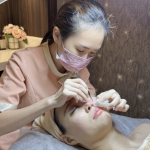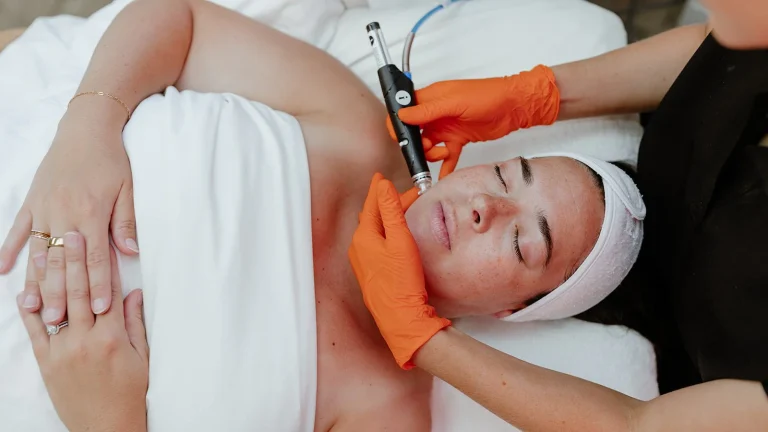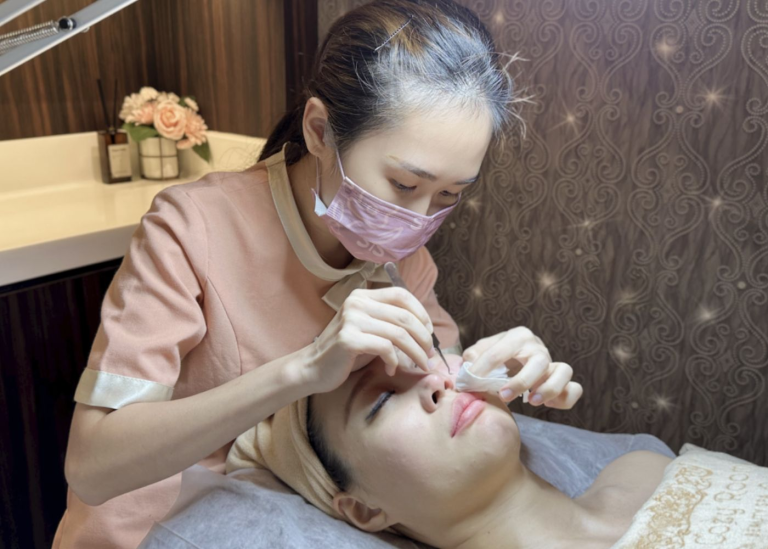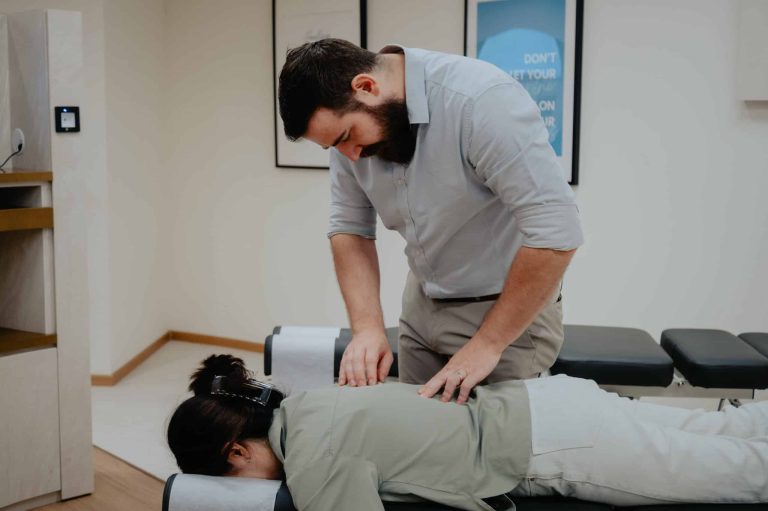Day: April 24, 2024
10 facts about invisalign
Braces are often associated with youth: dorky photos, awkward dentist visits and a compulsory embarrassment to smile. Having braces seemed like a rite of awkward […]
Make Your Fingernails Healthy by Using Nail Strengthener
Cold weather makes your skin dry and crack your nails and skin. With loss of moisture, your nails become dull and dry, get brittle, and […]













